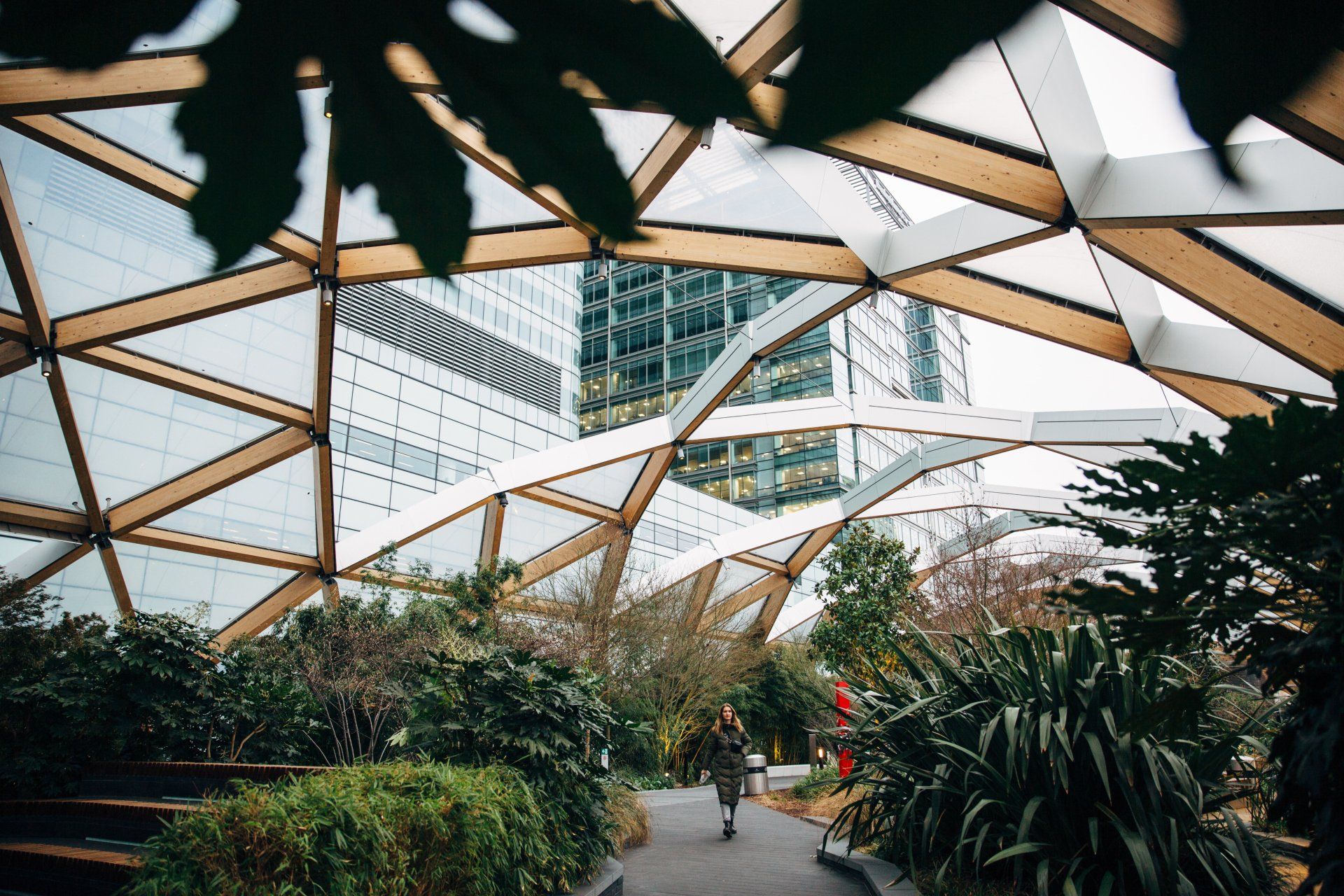According to a new report by the International Energy Agency (IEA), it is forecasted that worldwide renewable power capacity will increase to a record level of almost 200 gigawatts this year. With renewable energy accounting for almost 90% of the increase in total power capacity worldwide in 2020.
Global expansion
Looking to the future
The analysis also predicts in 2021 the growth of renewable power capacity will accelerate to its highest level in the last six years. According to the report, India is forecast to be the largest contributor to the growth of renewable capacity during 2021, with the country’s annual additions expected to double from 2020.
Dr. Fatih Birol, IEA Executive Director, said: “The resilience and positive prospects of the sector are clearly reflected by continued strong appetite from investors and the future looks even brighter with new capacity additions on course to set fresh records this year and next.”
Green energy tariff
We’re proud to offer a green tariff to businesses, where the supplied electricity is generated from renewable sources. Find out how your business can switch to a green energy plan to take advantage of the expansion of renewable power capacity below.




